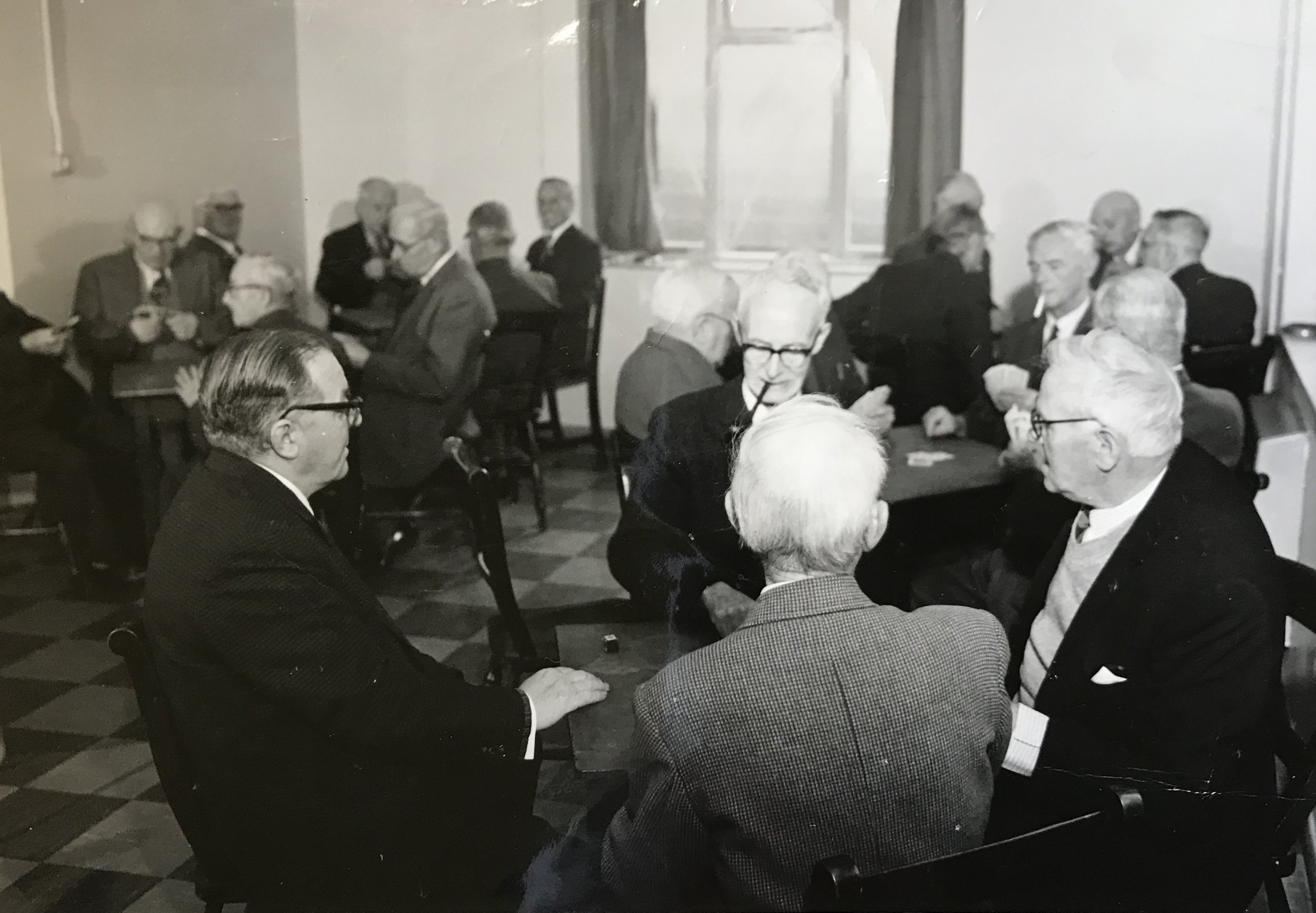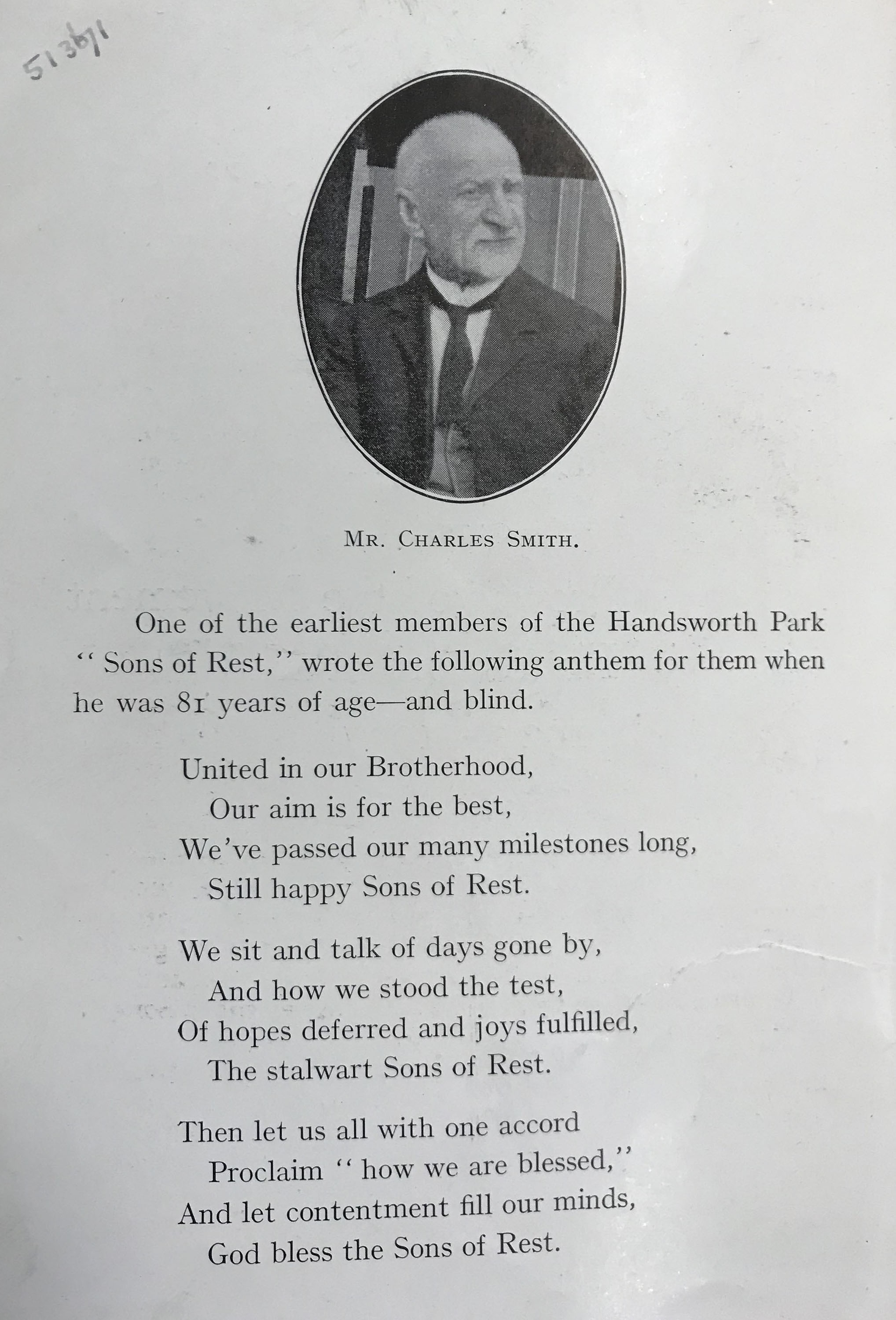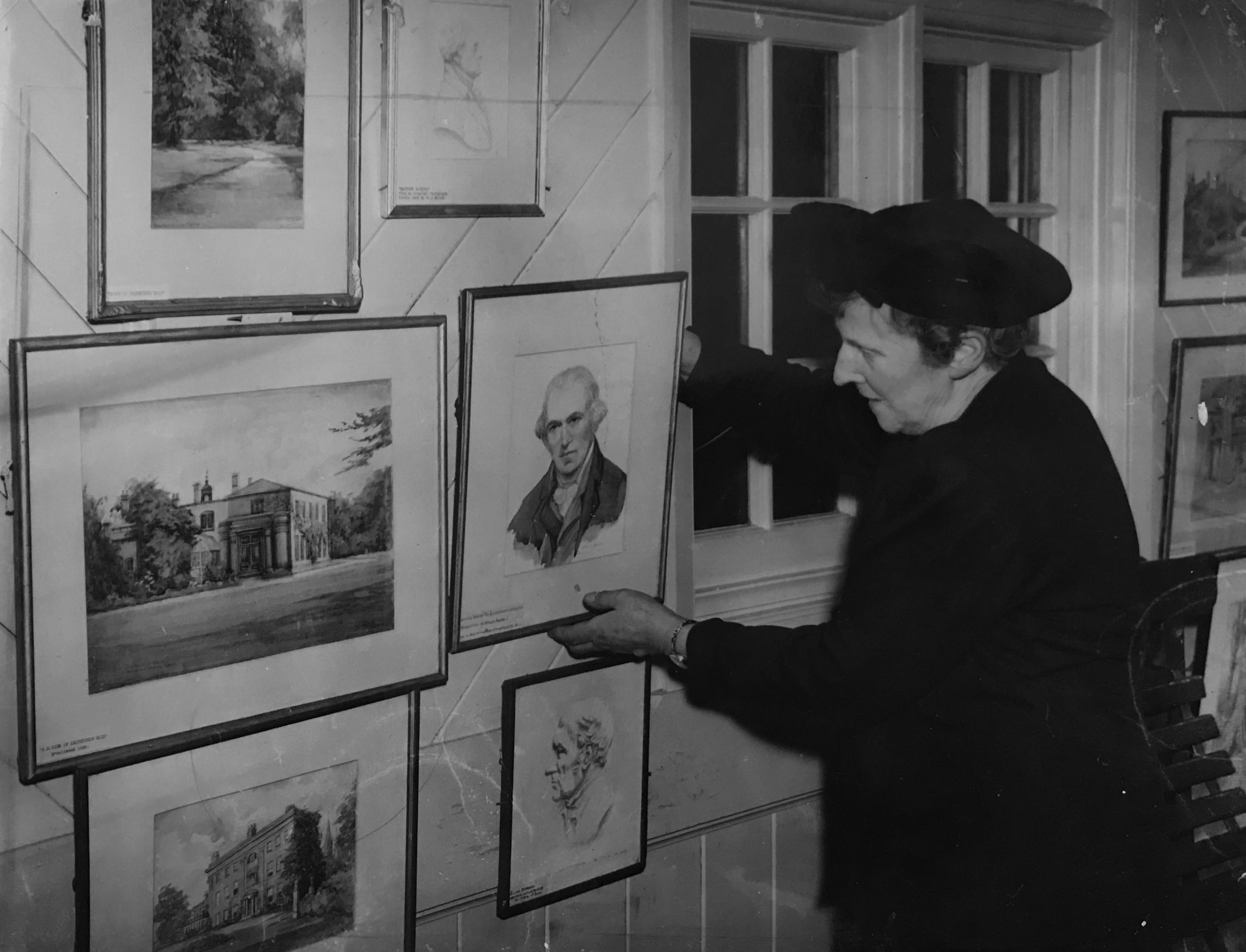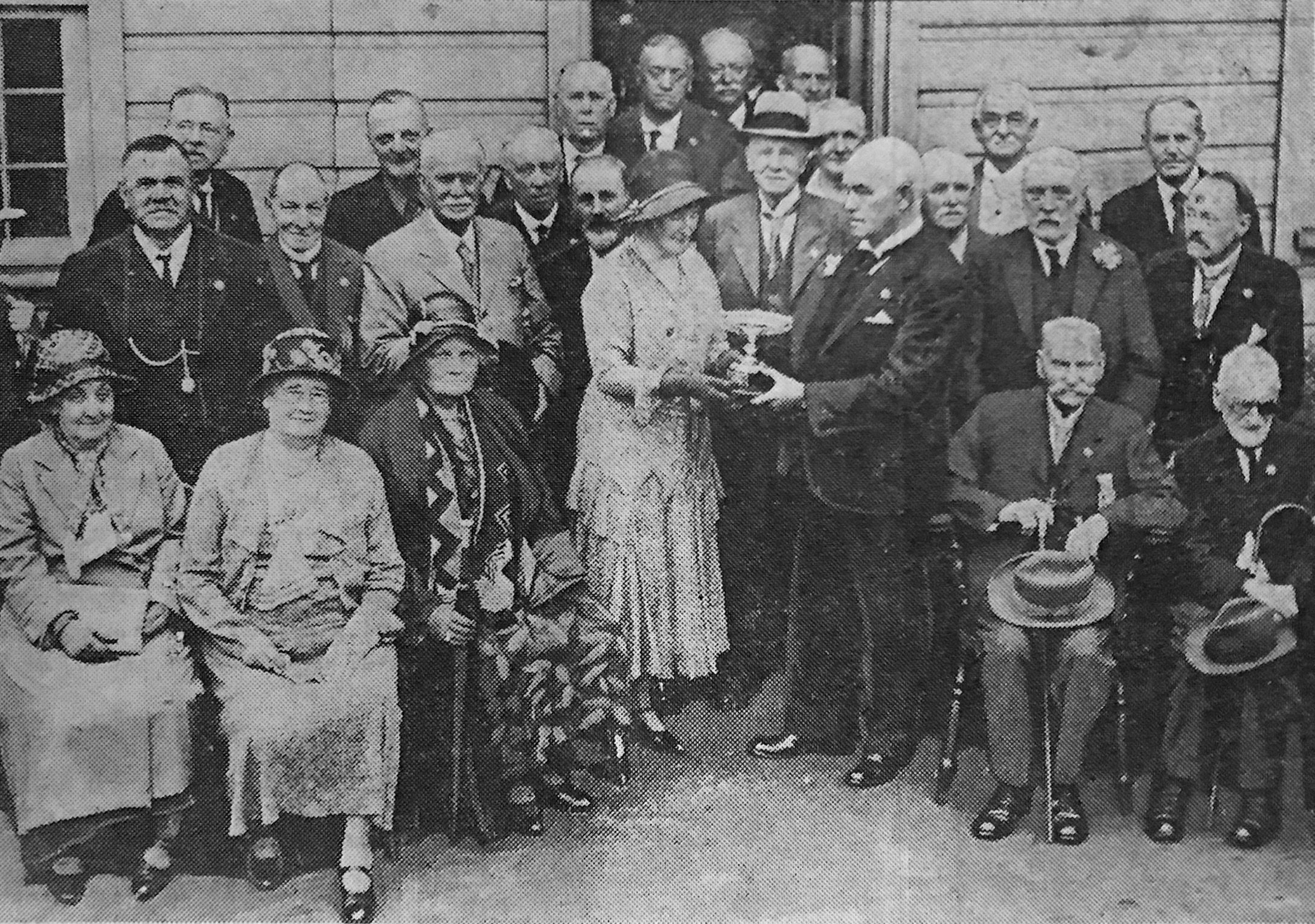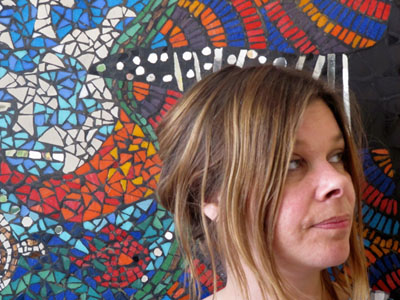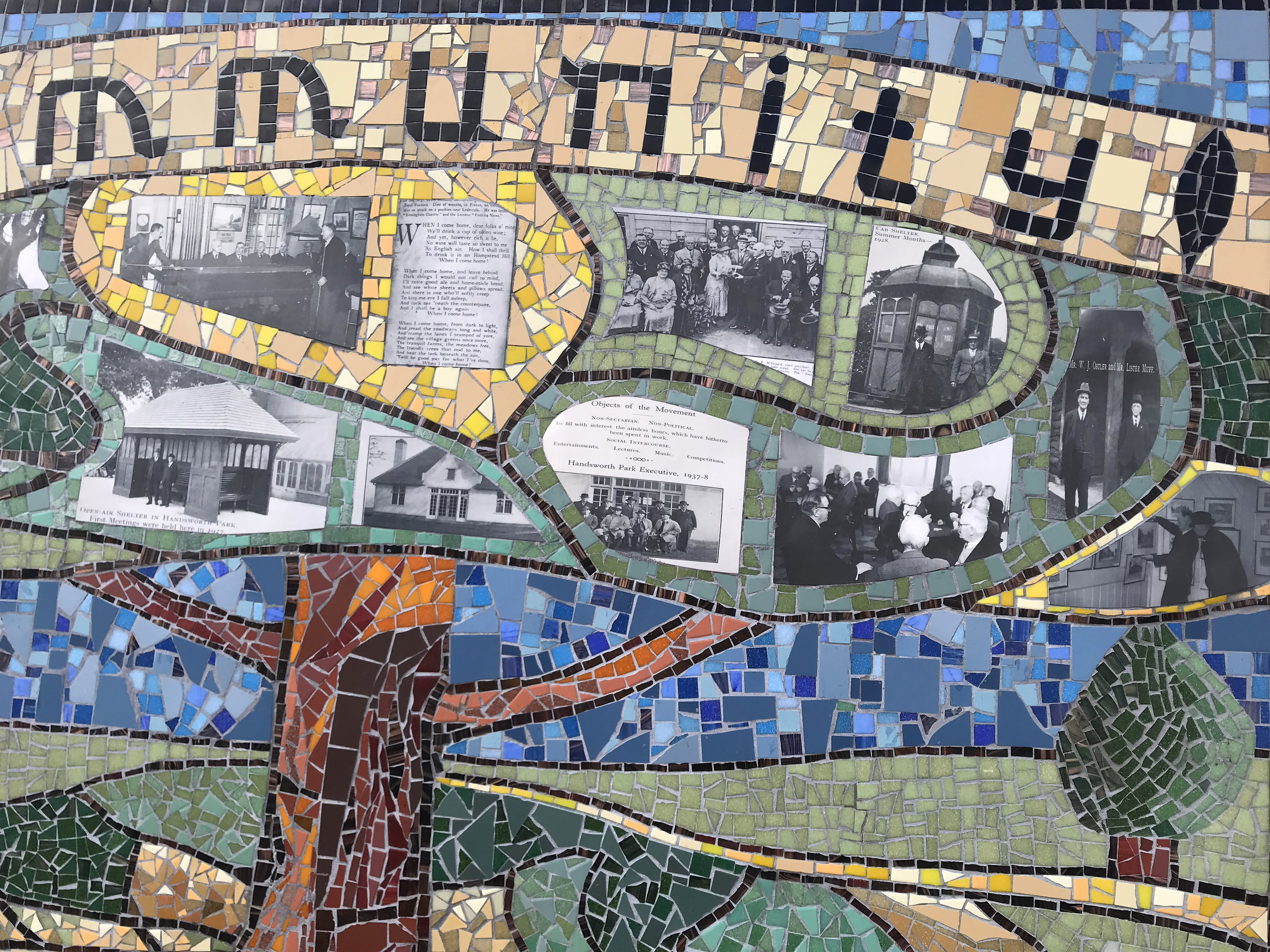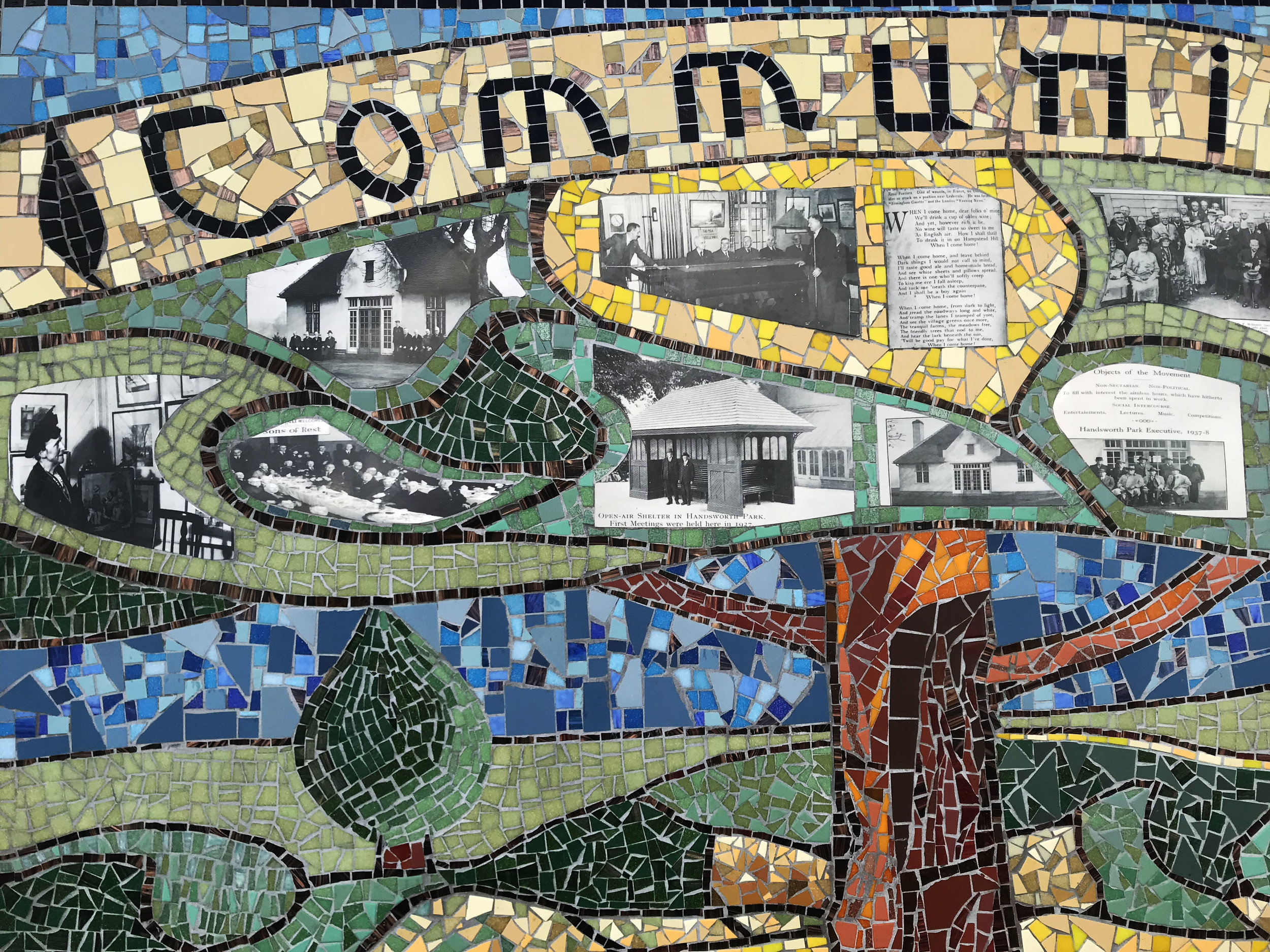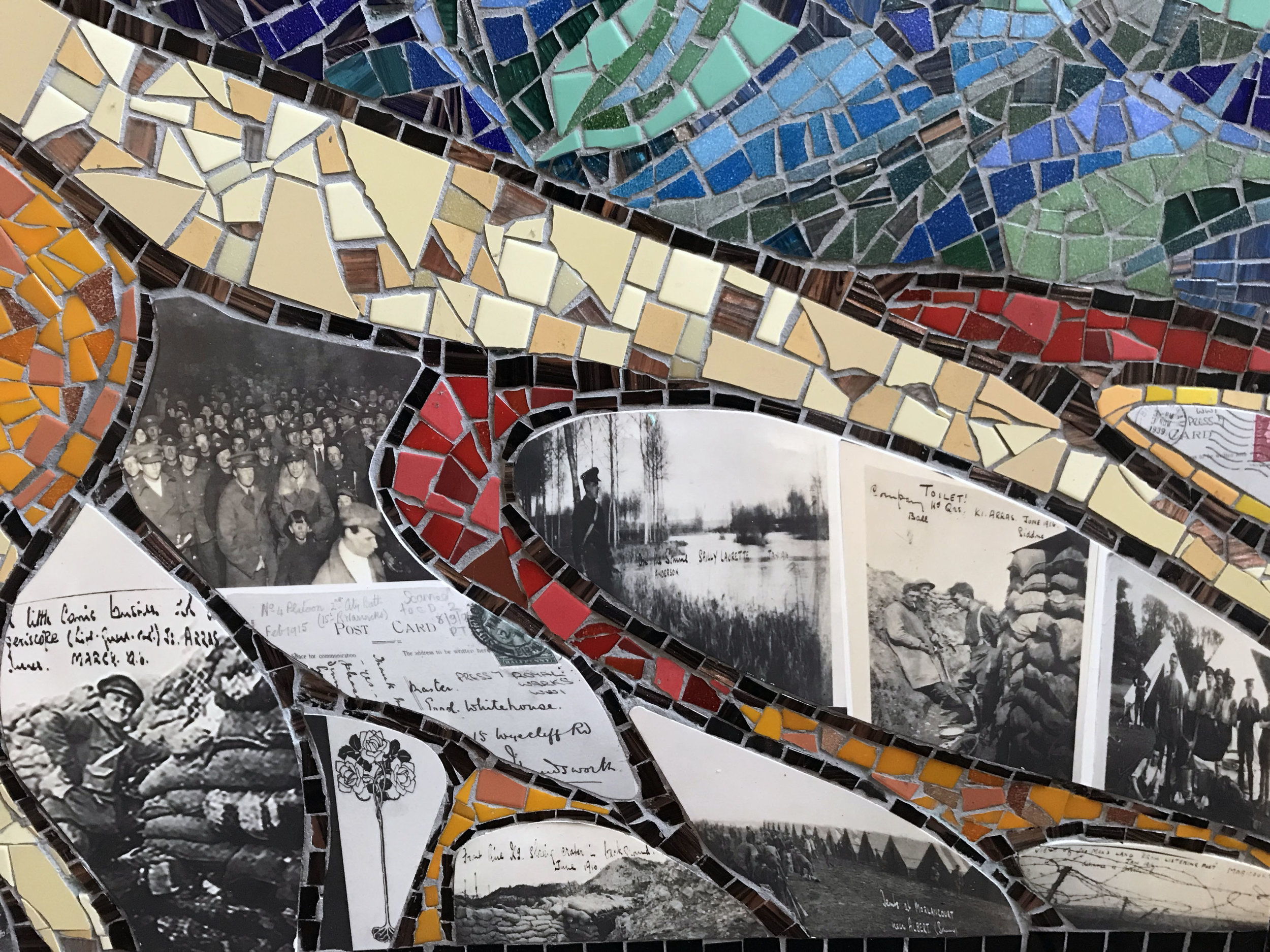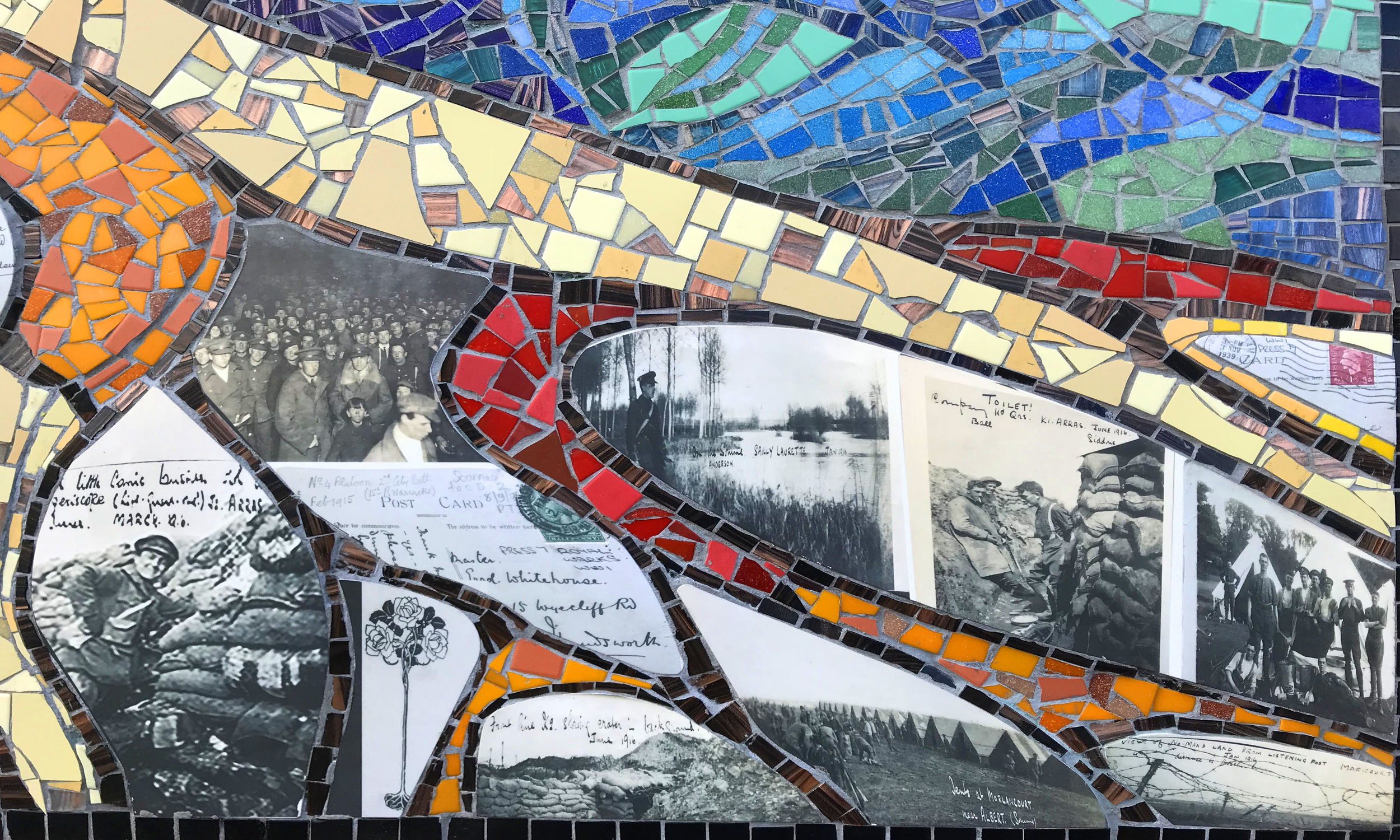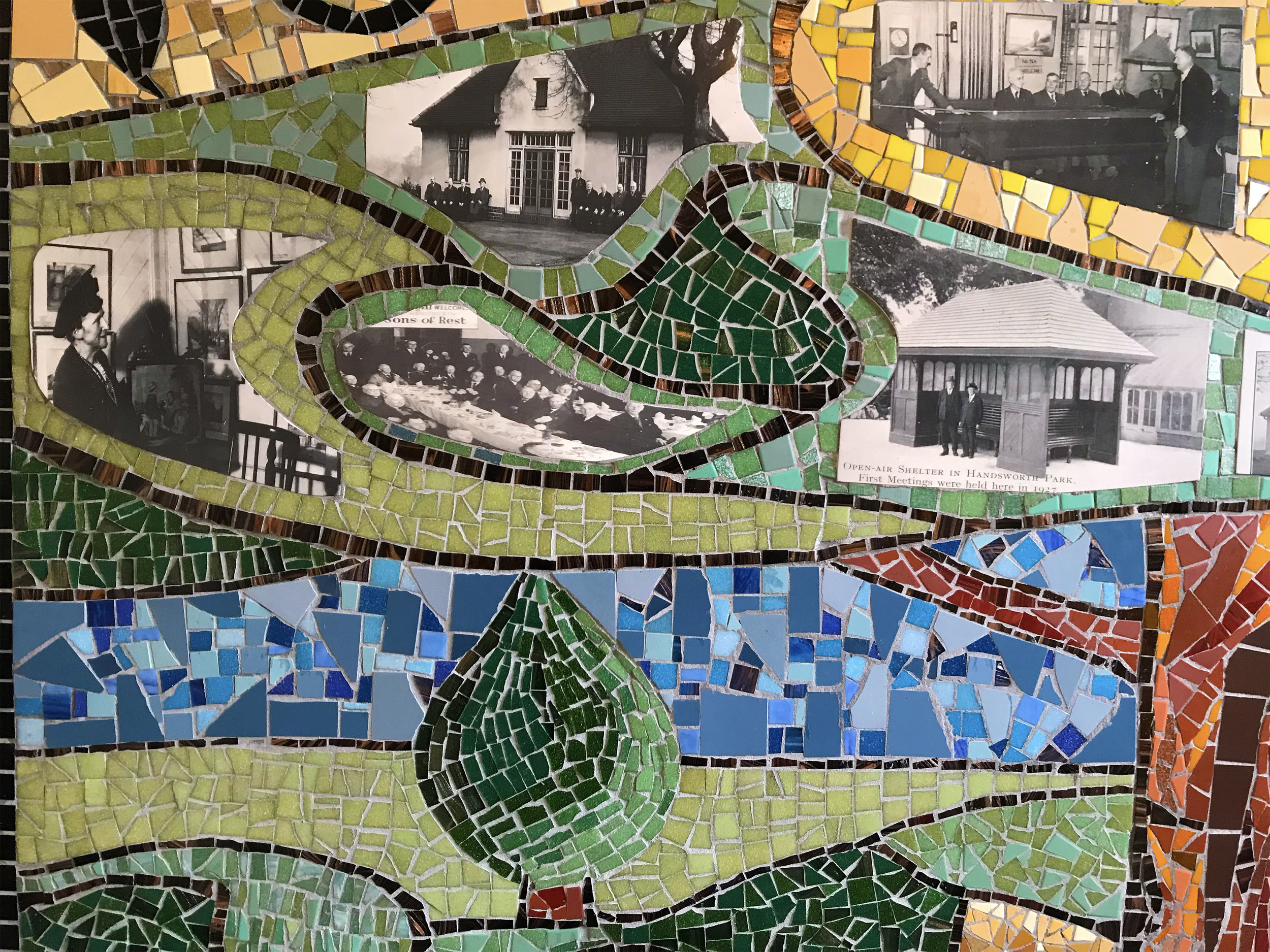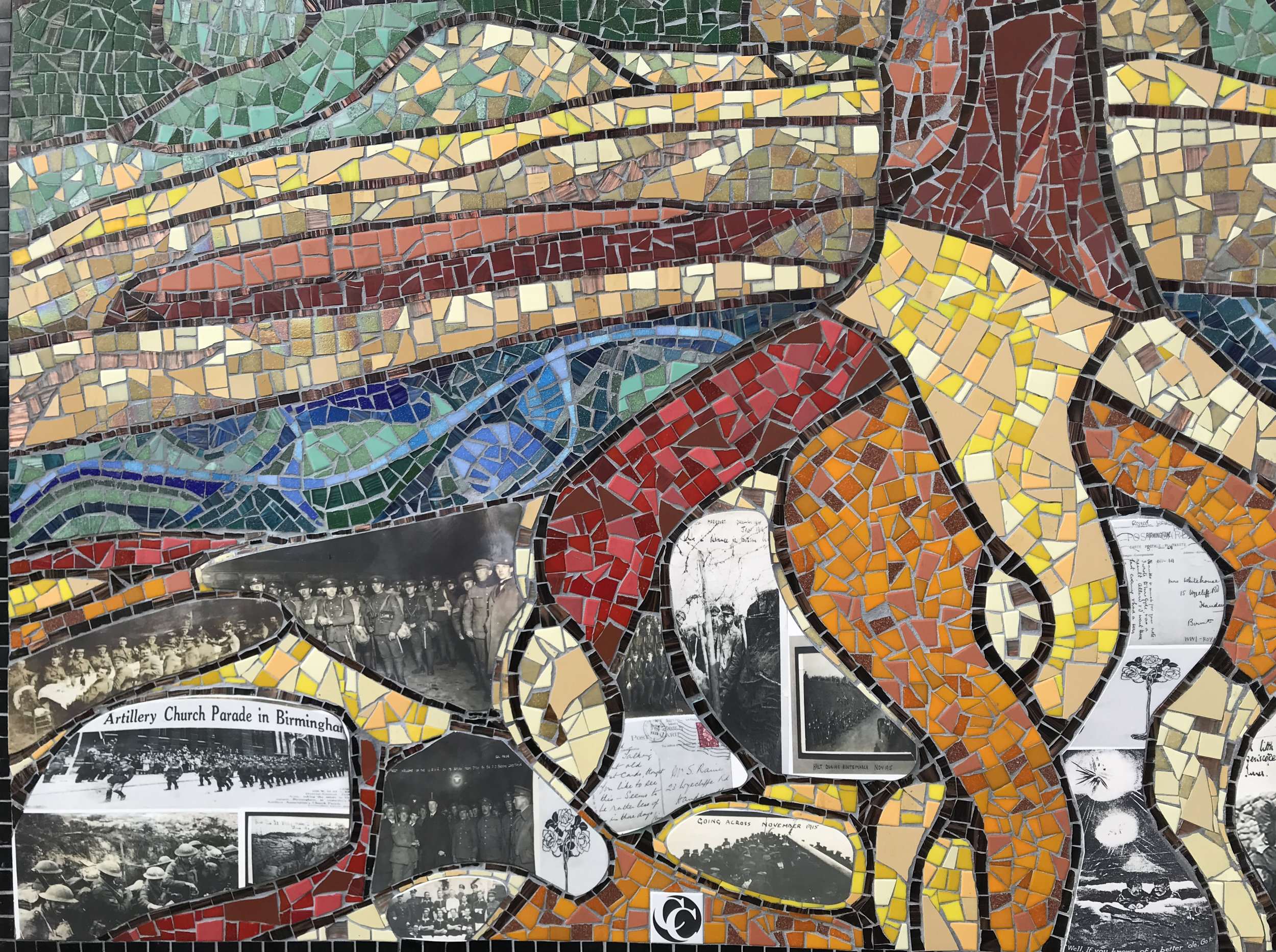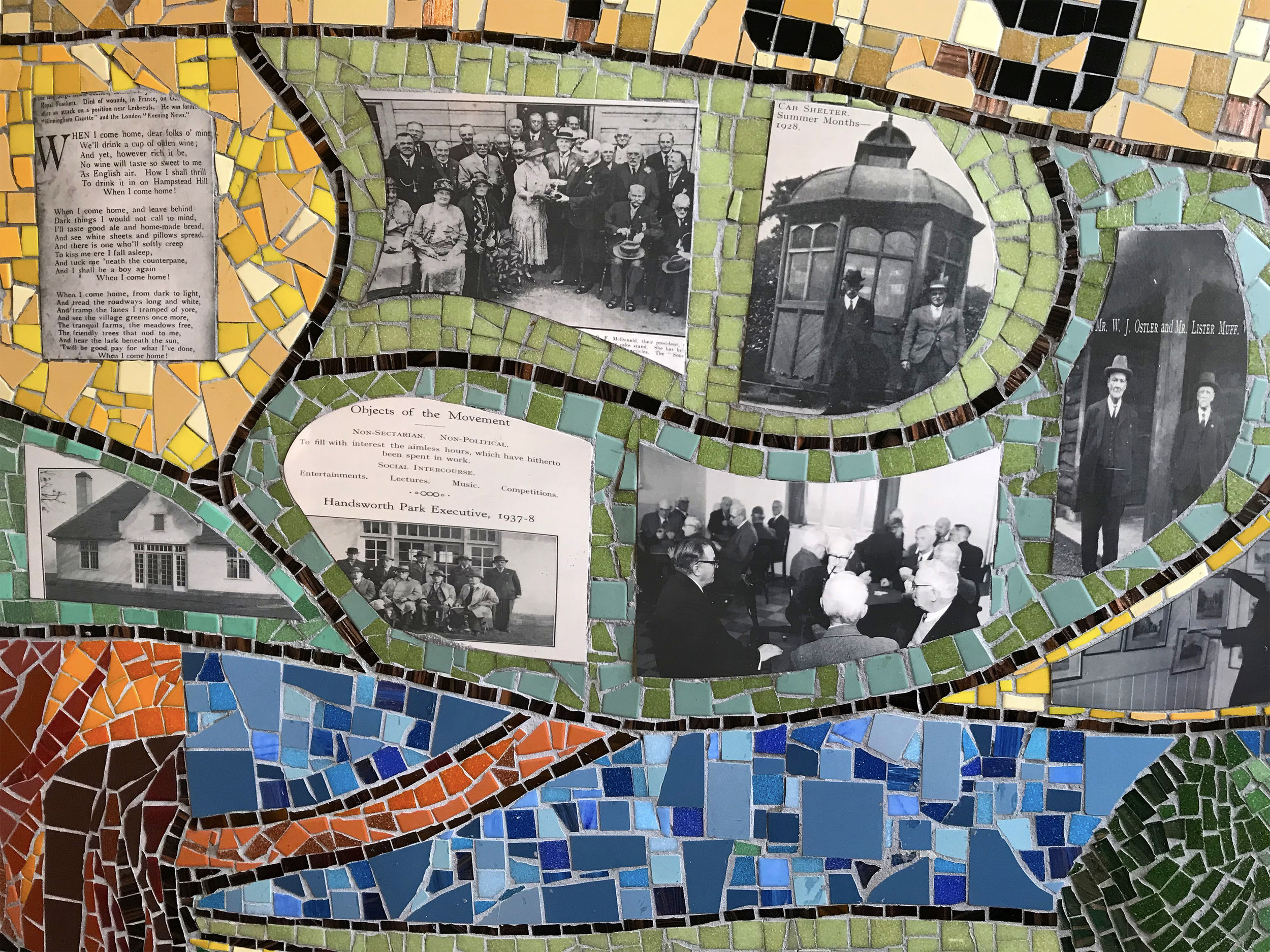THE SONS OF REST MOVEMENT
The Sons of Rest Building in Handsworth Park is one of the last reminders of an important social movement that started in Handsworth and spread across the West Midlands in the 1920s and 1930s.
SONS OF REST BUILDING in Handsworth Park
The Sons of Rest Movement emerged after the end of the First World War and started in Handsworth in Birmingham in 1927 and the Sons of Rest Building in Handsworth Park was the first one to be opened in 1930.
It grew out of concern amongst retired veterans of the First World War that there were no places that they could meet and socialise together and support one another. Within a few years the movement had expanded to include over 3,000 veterans with buildings in 36 parks across the West Midlands. Sadly, most buildings have disappeared, and the Sons of Rest Building in Handsworth Park is one of the last few left.
The Sons of Rest Buildings were places were the retired veterans and men over 65 could meet and socialise. When the veterans first gathered together, they met in an old Cab Shelter in the park during the summer and were then allowed to use the Bowling Pavillion during the winter. The founder of the Sons of Rest Movement, Lister Muff was born in Bradford in 1852 and moved to Birmingham in 1922 - it was upon his suggestion that the veterans formed themselves into a club. Mr W. J Ostler suggested that as they had been called ‘sons of toil’ all their lives, they should call themselves ‘sons of rest’ in their retirement.
Their actions were followed by men in other parks who were also allowed to use their local Bowls Pavillions in winter months. The movement quickly spread across Birmingham. The old Cab Shelter in Handsworth Park didn’t last very long and soon became dangerous and had to be demolished. Cllr George F. McDonald, chairman of Birmingham Corporation’s Parks Committee had become a strong supporter of the Sons of Rest Movement and become its first President. He secured funding from the Parks Committee as he was so concerned about the need to provide better facilities for the veterans and they went on to build 29 buildings across the city.
“The Sons of Rest are one of the city’s most picturesque institutions. They are old men of 65 years and over who meet in Handsworth Park every morning for discussions and amusement. They play draughts and dominoes and discuss all the problems of the day”
The Sons of Rest Movement was a genuine grass roots movement set up ‘by’ retired veterans ‘for’ themselves and other older men. It was always run by its membership with only the buildings being provided by the Council.
The City of Birmingham Federation of the Sons of Rest was inaugurated in August 1932 and the first president was Cllr George F. McDonald.
Rules and Regulations
The Chairman of the Sons of Rest Movement, 85 year old, Mr J R. Oswald was interviewed by the Birmingham Daily Gazette on 8th May 1933 and explained that Sons of Rest members never quarrelled as it was banned!
“Language is always mild and gentlemanly…if a man cannot express himself in ordinary English, he isn’t wanted,“ he added, “How best to govern the country and the future of the soul are the two most prolific sources of wrangling. We bar politics and we won’t have any religious controversy.”
Opening the new building
The Handsworth Park Sons of Rest Building was not without controversy. In 1937 a replacement building was proposed; however, the location was not popular and over 500 local residents signed a petition and campaigned against it as it would spoil the view across the park. The Parks Committee heeded the public opposition and an alternative location was found in the park.
A new pavilion was opened in 1937 in memory of Cllr George F. McDonald, the first President of Handsworth Park Sons of Rest.
Recent History and ‘Saving the Sons of Rest Building’
The Sons of Rest Building in Handsworth Park is one of the last few and although badly vandalised in the 1990s and left abandoned for many years, local residents campaigned to save it from demolition and for the Park to be improved.
‘Save Handsworth Park’ was formed in 1994 by Dick Pratt, later to be called the Handsworth Park Association and more recently The Friends of Handsworth Park. Local historian and campaigner, Simon Baddeley was instrumental in lobbying the Council and saving the Sons of Rest Building quite literally ‘from the bulldozers’! It’s thanks to the efforts of local campaigners that the building was renovated as part of the restoration of Handsworth Park, which was completed in 2006. The redesign aimed for it to be a ‘Classroom in the Park’ and for many years primary schools from across Handsworth regularly used it, however funding cuts over the last ten years have meant less and less of these types of activities have taken place. The building is now managed by The Friends of Handsworth Park and is a popular meeting place for local community groups, serving the whole community.
In 2018 a community project was run to research the history of the Sons of Rest movement and its origins in the Handsworth Park. This project was funded by the Heritage Lottery Fund First World War grant programme.
The Sons of Rest Mosaic was commissioned as part of the Handsworth Park Arts Trail to commemorate the centenary of the end of the First World War in 2018 and founding of the Sons of Rest Movement in 1927. The mosaic is based on the stain-glass window from the Sons of Rest Building and shows the ‘roots’ being in the First World War, with ceramic tiles of photographs of Birmingham soldiers from local archives. The ‘tree’ illustrates how the Sons of Rest Movement grew out of the First World War with photographs of the original ‘open air shelter’ and building, Lister Muff and Cllr George F. McDonald who played key roles in the founding of the Movement and many of the members.



